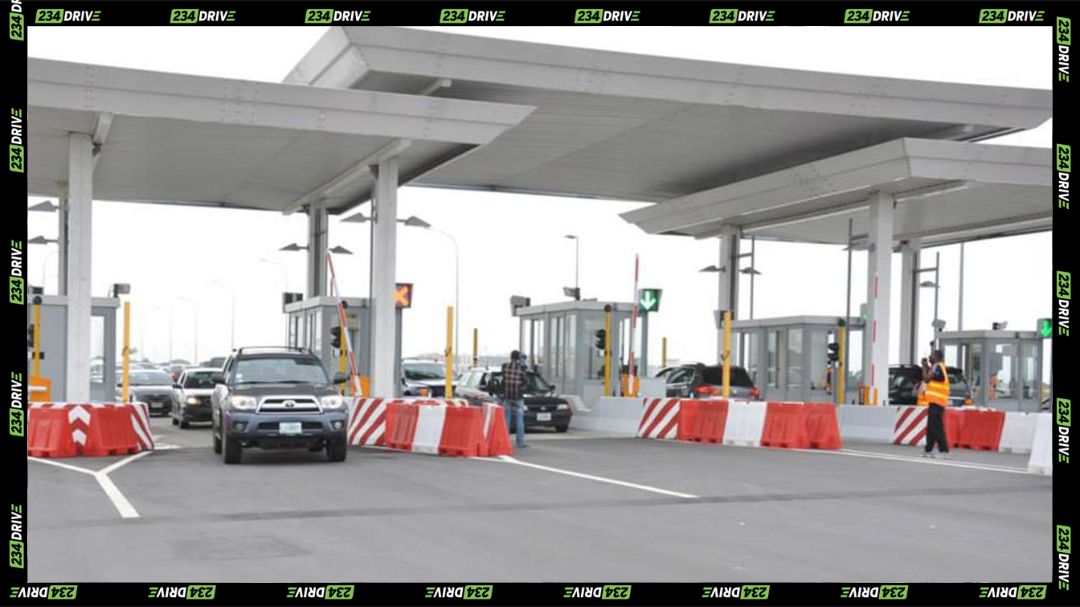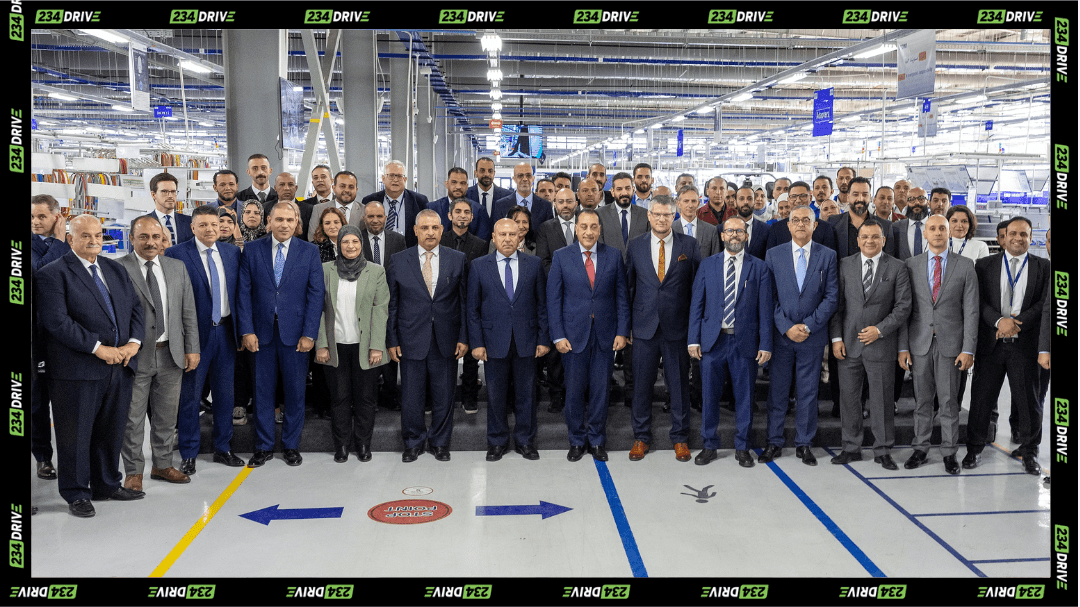
A view of the Lekki–Ajah corridor as Lagos prepares for months of traffic diversion. | Source: The Guardian
Lagos will begin an eight-month rehabilitation of the Lekki–Ajah corridor on Saturday, 15 November 2025, a project designed to improve road quality and ease persistent congestion along one of the city’s busiest routes. The works, announced by the Commissioner for Transportation, Oluwaseun Osiyemi and the Lagos state official account on X, will continue until 15 July 2026 and follow a structured, two-phase plan aimed at keeping traffic moving despite partial closures.
How Will Traffic Move During the Two-Phase Diversion Across Lekki-Road?
Phase One covers the stretch from Lekki’s First Toll Gate to the Second Toll Gate, divided into seven sections. One lane will close at a time while the other remains open to motorists. When work finishes on the first lane, construction will shift to the second. The state government says commuters driving between Lekki and Ajah will retain through access throughout this phase.
Phase Two focuses on the segment from the Second Toll Gate to the Ajah under-bridge, covering four sections. During repairs, motorists heading from Ajah toward Lekki will use a single lane while the opposite lane undergoes reconstruction. Once completed, work will switch to the other side. Traffic management officers will be stationed along the corridor to coordinate movement and reduce delays.
The government is advising road users to expect partial closures and to follow all traffic guidance. Osiyemi emphasised that the inconvenience will be temporary and that the project supports Governor Babajide Sanwo-Olu’s broader push for sustainable urban mobility and infrastructure renewal under the THEMES+ agenda.
This rehabilitation follows ongoing works on the Eti-Osa/Lekki/Epe Expressway, from Admiralty Way Junction to the Jubilee Bridge in Ajah, which began in September as part of wider improvements across Eti-Osa Local Government Area and Eti-Osa East LCDA.
What Should Drivers Expect During the Diversion?
Officials are urging motorists to plan their trips ahead, cooperate with personnel on the ground, and remain patient as the state upgrades a critical traffic corridor expected to benefit commuters for years to come.
With the repairs starting at the beginning of the busy ‘ember’ travel season, fears that the corridor could face even heavier traffic in the first two months are valid. Officials say the lane-by-lane approach and on-ground traffic personnel should help, but how things will actually play out is still uncertain. Lagos already deals with intense daily congestion, and the city’s huge population—plus the usual wave of people returning home or visiting for the infamous ‘Detty December’—could make the gridlock even tougher. Lagos commuters along that route should brace up for a challenging period ahead.









